full form of INR
What is the full form of INR
INR: Indian Rupee
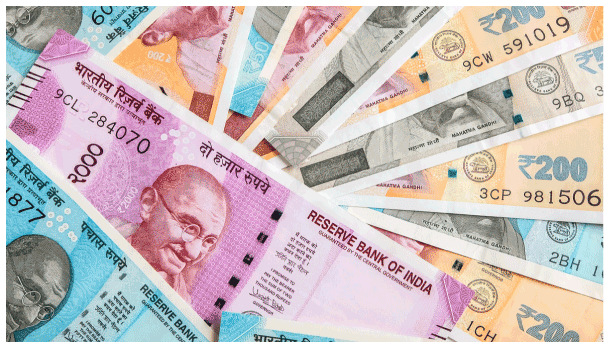
INR is the abbreviation of Indian Rupee. It is denoted with the sign ?.
INR is the Republic of India's official currency. The Reserve Bank of India controls and manages the issuance and distribution of the currency. RBI derives its role and responsibility of regulating and managing Indian currency based on the Reserve Bank of India Act 1934.
INR is further divided into 100 smaller fragments or units known as paisa. Though paisa has been discontinued by RBI and in 2021, the lowest denomination of coins in usage is only 1 rupee.
Indian Rupee officially received and adopted its new sign (?) in 2010. Mr. D. Udaya Kumar designed this new sign. The respective sign has been derived from the amalgamation of Devanagari consonant "?" (ra) and the Latin capital letter "R" with a missing vertical bar or line (being similar to R rotunda).

It is believed that the parallel running lines (with white space amidst them) on the top of the sign form an illusion of a tricolor Indian Flag. Even it shows equality or embodying the nation's desire or wish to minimize economic imbalance.
The circulation of the initial series of coins with the updated sign began on 8 July 2011. Earlier, India used Rs and Re respectively as sign or symbol for INR (Rupees in plural) or one rupee.
History of INR
The Indian rupee has a long history and an enormous journey. The history of the Indian rupee can be traced back to the 6th century in circa in ancient India. Chinese wen and Lydian staters, along with archaic India, are among the primary issuers of coins worldwide.
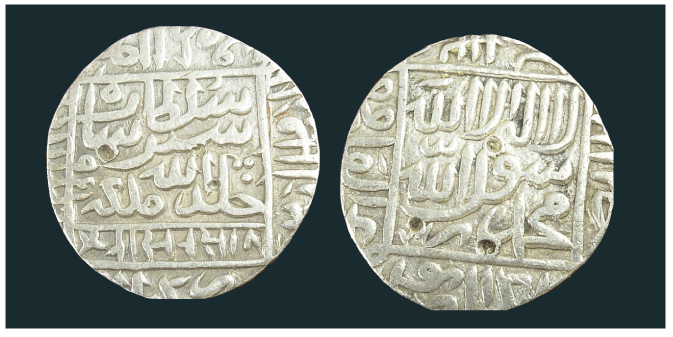
In ancient India, silver coins were known as r?pyar?pa, whereas other types of coins like gold coins, copper coins, and lead coins were known as suvar?ar?pa, tamrar?pa, and s?sar?pa respectively. This information has been stated in the Arthashatra, which was written by Chanakya, the prime minister of the Mauryan Empire.
R?pa referred to the 'form' or 'shape'; for example, in the word r?pyar?pa: r?pya meant 'wrought silver' and r?pa meant 'form'.
During 1540-1545, Sultan Sher Shah Suri issued a silver coin which was also termed as rupiya, and the said coin weighed around 178 gms.
The silver coin has stayed in India for an extended period of time, from the entire Mughal period, Maratha period until British India.
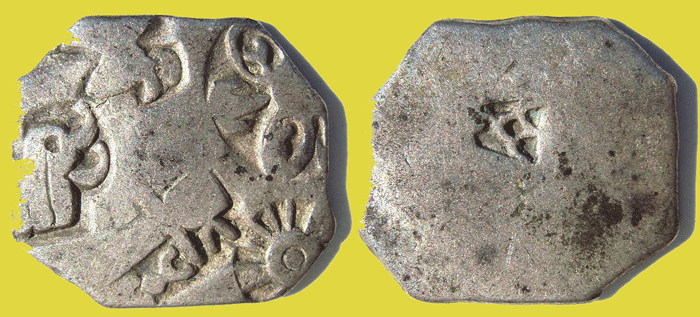
Coming to the paper currency, the earliest issuance of paper currency included the Bank of Hindustan (1770–1832), the General Bank of Bengal and Bihar (1773–75), and the Bengal Bank (1784–91).
Coins
In India, coins were issued in the denomination of 1 paise, 2 paise, 3 paise, 5 paise, 10 paise, 20 paise, 25 paise, 50 paise, one rupee, two rupees, five rupees, and ten rupees.
A paisa was said to be 1/100th of a rupee. These small coins or paisa have been discontinued, and the lowest denomination coins in Indian currency is one rupee.
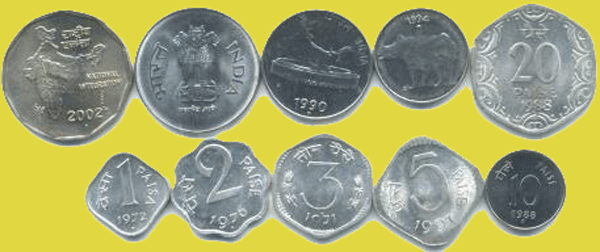
Banknotes
Coming to the paper currency or the banknotes, the denominations of the same include 5, 10, 20, 50, 100, 500, and 2,000 rupees. Though new or current notes of 500 or 2000 have their own exciting story. It is important to note that on the reverse side of the notes, 15 languages are printed, and denominations are printed in Hindi as well as in English on the front side.
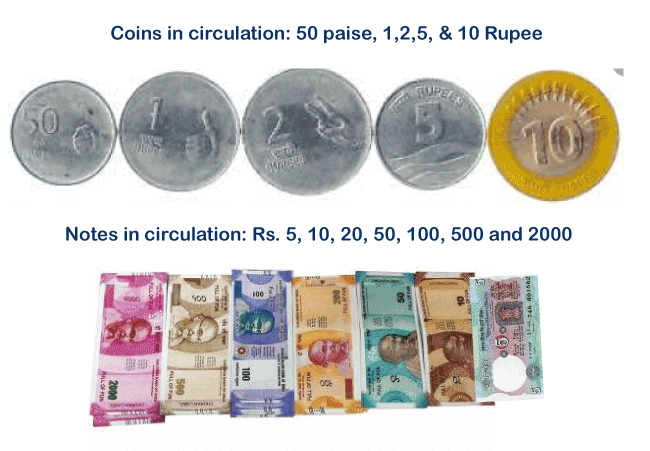
There is regular updation of design, colour, or various attributes on the banknotes of the same denominations. The recent version of notes beautifully depicts different themes of Indian rich cultural heritage.
Let's look into some recent changes in Indian Rupee.
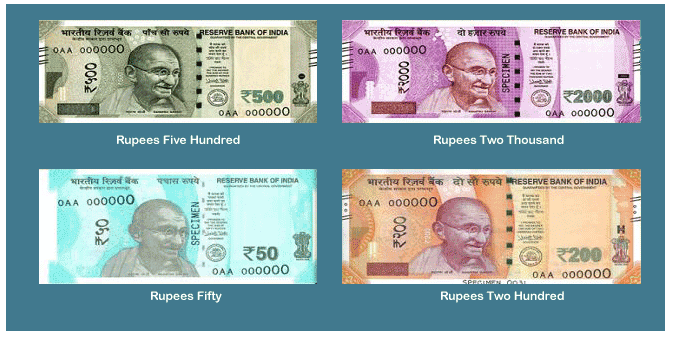
On 8 November 2016, the Government of India made a historical decision and announced the demonetization of ?500 and ?1,000 banknotes, making the currency invalid from the same day midnight.
Fresh and novel designs of ?500 and ?2,000 went into circulation from 10 November 2016, with the inevitable death of ?1,000 banknotes.
A new denomination of ?200 banknote was issued on 25 August 2017; the note was added to fill the gap of the high demand for currency due to demonetization.
A newly designed series of ?100 banknotes was issued in July 2018 by the Reserve Bank of India.
Security issues in INR
Since Indian economy heavily relies on cash, in order to keep the security in check and manage fake currency circulation, RBI has changed and updated security features over the years.
It is essential to implement and maintain security features/parameters in Indian rupees or currency to maintain honest and legal transactions in the Indian economy, as Indian Rupee notes have a high probability of counterfeiting. Fake currency can often be an enormous reason that can lead to a feeble or decline economy.
Criminals, money launderers, etc., often counterfeit fake notes or currency that looks very similar to the actual or original currency. To manage and control it, Indian Government took a historic move of demonetization of ?500 and ?1,000 banknotes, making illegal activity difficult for lawbreakers. New notes are updated with enhanced and superior security features.
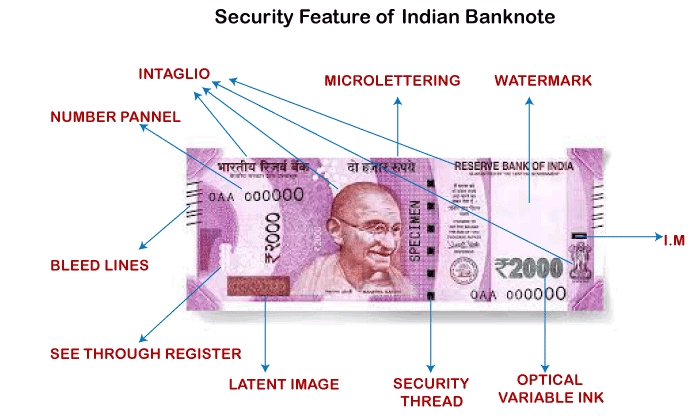
In order to avoid duplication, the following security features are included;
safety thread; Identification Tags; watermark and fluorescence, and optically variable ink.